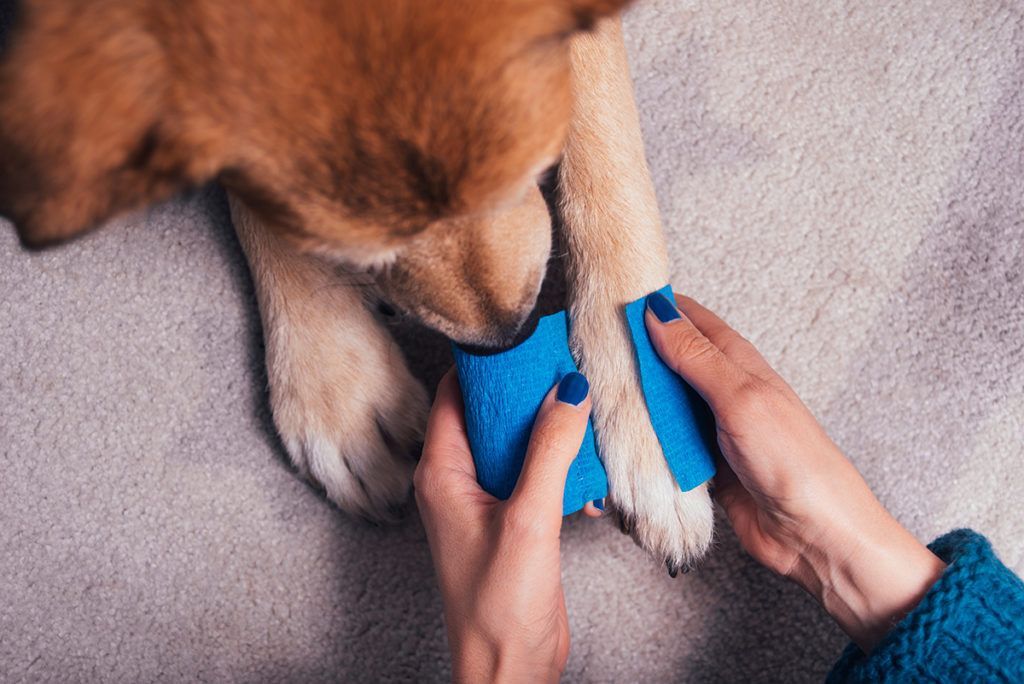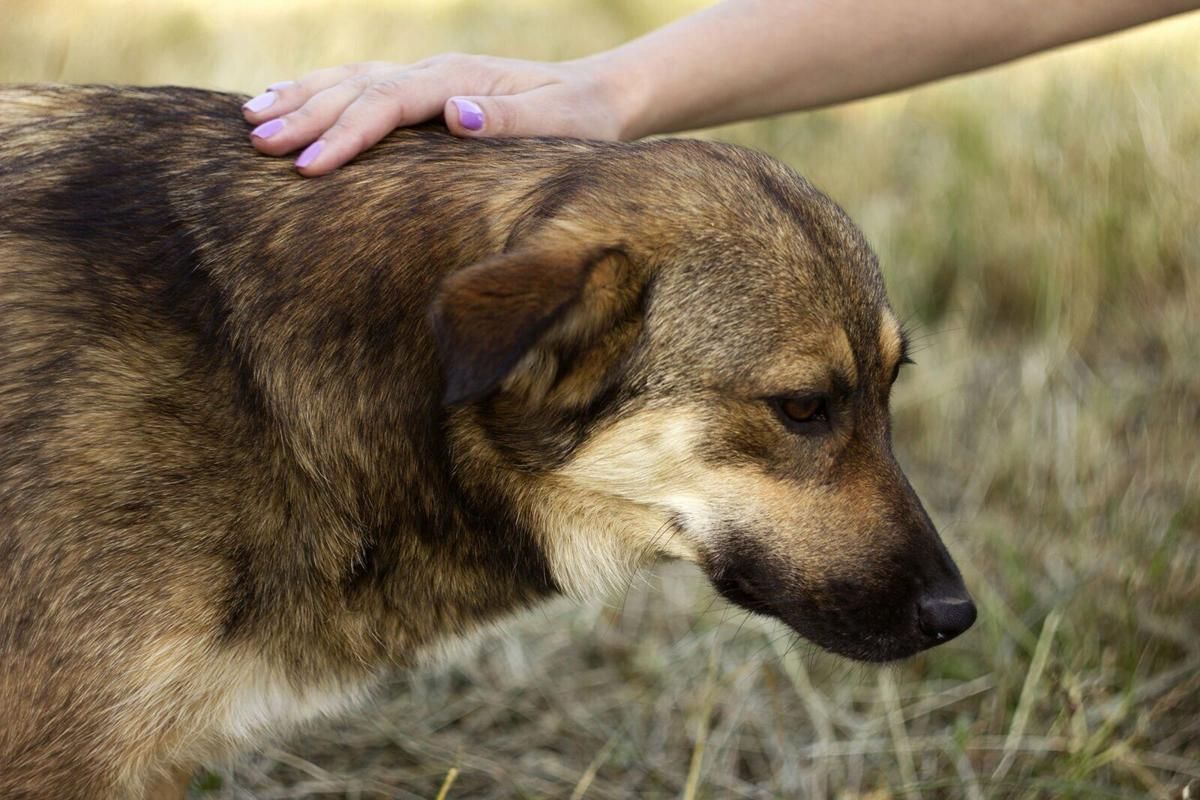Can Dogs Eat Bananas
Yes, dogs can eat bananas in moderation. Bananas are a good source of vitamins, potassium, fiber, and copper, which can be beneficial for dogs. They are low in cholesterol and sodium, but they do have a high sugar content, so it's best to give them to your dog as a treat rather than a regular part of their diet. Always peel the banana first, as the peel can be hard for dogs to digest. As with any treat, it's important to introduce bananas slowly and ensure they do not cause any digestive upset for your dog.
Bananas Nutritional Benefits for Dogs
Bananas offer several nutritional benefits for dogs, making them a healthy treat when given in moderation. Here are some of the key benefits:
- Potassium: Bananas are high in potassium, which is essential for muscle and nerve function. It also helps to maintain a healthy heart and proper fluid balance in your dog's body.
- Vitamin C: This vitamin acts as an antioxidant in the body, helping to reduce inflammation and cognitive aging. It's beneficial for the immune system.
- Vitamin B6: This vitamin is vital for glucose generation, nervous system function, hormone regulation, immune response, and red blood cell function.
- Fiber: Bananas contain dietary fiber, which can help to regulate your dog’s gastrointestinal health, aiding in digestion and helping to resolve issues like constipation.
- Magnesium: Essential for energy production and the synthesis of RNA and DNA, magnesium in bananas also supports bone health and helps the body properly use other vitamins and minerals.
- Low Sodium: The low sodium content makes bananas a safe choice for dogs, especially those with heart issues or high blood pressure, as long as they are offered in moderation.
- Biotin: Bananas provide biotin (Vitamin B7), which supports healthy skin and coat for dogs.
When feeding your dog bananas, remember to give them in small amounts due to their high sugar content. Overfeeding bananas can lead to weight gain and other health issues. Always remove the peel, which can be difficult for dogs to digest.
Potential Risks:
While bananas are generally safe and beneficial for dogs when given in moderation, there are a few potential risks to be aware of:
- High Sugar Content: Bananas have a high sugar content, which can be problematic for dogs, especially those who are overweight, diabetic, or less active. Excessive sugar intake can lead to weight gain and potentially exacerbate diabetes.
- Digestive Issues: Although the fiber in bananas can aid digestion, too much can lead to gastrointestinal upset, including diarrhea or constipation. Always introduce bananas slowly into your dog's diet to assess their tolerance.
- Choking Hazard: Whole bananas, especially with the peel on, can pose a choking risk for dogs, particularly smaller breeds. Always slice bananas into appropriate-sized pieces before offering them to your dog.
- Allergic Reactions: Like any new food, bananas can cause an allergic reaction in some dogs. Signs of an allergic reaction include itching, swelling, difficulty breathing, or gastrointestinal upset. If you notice any of these symptoms after introducing bananas, discontinue feeding them to your dog and consult a veterinarian.
- Peel Ingestion: Banana peels are not toxic to dogs, but they are hard to digest. Eating banana peels can lead to digestive blockage or more severe gastrointestinal distress.
Monitoring your dog after introducing bananas into their diet is essential, and always offer them as a treat, not a staple part of their diet.
How to Safely Introduce Apples to Your Dog's Diet:
When introducing apples to your dog's diet, it's important to do so thoughtfully and gradually to ensure they are a safe and enjoyable treat for your pet. Here’s a guide on how to safely introduce apples:
- Start Small: Begin with a small piece of apple to see how your dog reacts. Watch for any signs of digestive upset or allergic reactions. If your dog seems to handle it well, you can gradually increase the amount over time.
- Remove the Core and Seeds: Always remove the core and seeds before giving apples to your dog. Apple seeds contain cyanide, which can be harmful in large quantities, and the core can pose a choking hazard or cause gastrointestinal blockage.
- Wash Thoroughly: Wash apples thoroughly to remove any pesticides or chemicals from the skin, even if you plan to peel them.
- Serve in Appropriate Sizes: Cut apples into bite-sized pieces that are appropriate for your dog's size and chewing capability. Smaller dogs or those that are less adept at chewing may need smaller pieces to prevent choking.
- Moderation is Key: Remember that apples should only be a treat, not a staple of your dog's diet. Treats should make up no more than 10% of your dog's daily caloric intake.
- Monitor Your Dog: Keep an eye on your dog as they eat apples, especially the first few times, to ensure they are chewing them properly and not having difficulty.
- Variety: Once your dog is used to apples, you can try offering different varieties to see which one they prefer. Some dogs might like sweeter apples like Fuji or Gala, while others might prefer tart varieties like Granny Smith.
By following these steps, you can safely introduce apples into your dog's diet, providing them with a healthy and tasty treat that adds nutritional variety to their meals.
DIY Apple Dog Treat Recipe: Apple Cinnamon Chips
Ingredients:
- 2 organic apples
- 1 teaspoon ground cinnamon (optional)
Instructions:
- Preheat your oven to 200 degrees Fahrenheit (about 93 degrees Celsius).
- Prepare the apples: Wash the apples thoroughly. Core the apples to remove seeds and stems, as the seeds contain cyanide, which is toxic to dogs in large amounts. Slice the apples into thin rings or slices about 1/4 inch thick.
- Add cinnamon: Sprinkle the apple slices lightly with cinnamon if using. Cinnamon is safe for dogs in small amounts and can help with your dog’s digestion and freshen their breath.
- Arrange the slices: Place the apple slices in a single layer on a baking sheet lined with parchment paper. Ensure the slices do not overlap to allow for even cooking.
- Bake: Place in the oven and bake for 2 hours. After 1 hour, flip the slices over to ensure they dry out evenly on both sides.
- Cool and store: Once the apple slices are dry and crispy, remove them from the oven and let them cool completely. Store the apple chips in an airtight container in the refrigerator.
-
These homemade apple cinnamon chips make a delicious and healthy treat for your dog that you can feel good about giving. They are free from the preservatives and additives found in many commercial dog treats. Enjoy making these tasty snacks for your pet!
Contact with your local vet for the best advise
Resource Center










